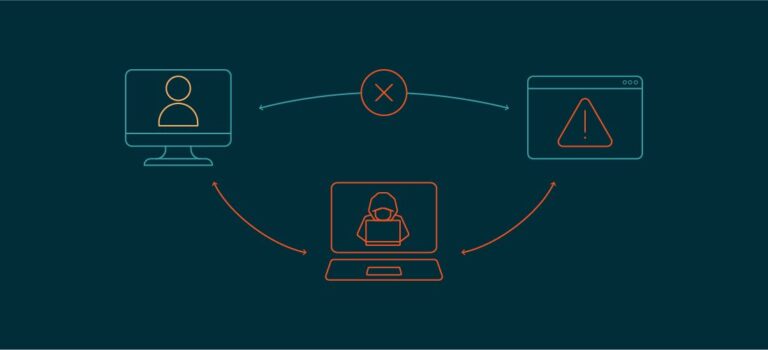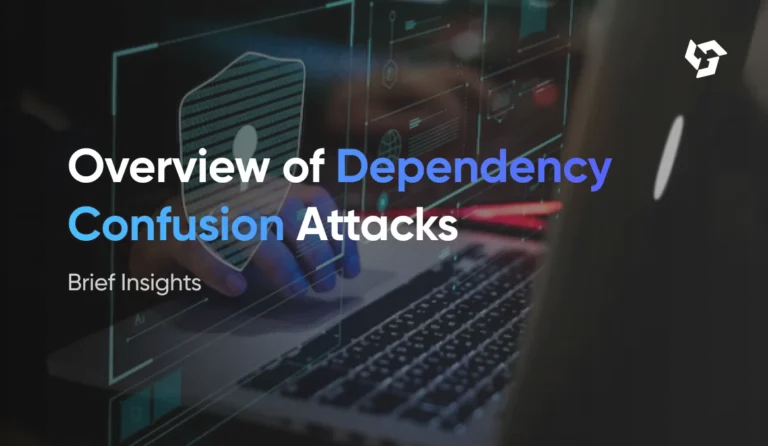Denial of Service (DoS) Attacks: When Hackers Just Want to Bring You Down
Introduction
In the ever-evolving landscape of cybersecurity threats, Denial of Service (DoS) attacks have become a powerful weapon used by cybercriminals to disrupt online services. Unlike data breaches or ransomware attacks, the primary goal of a DoS attack is not to steal data or demand money but to render a website or online service inaccessible to legitimate users.
This blog will explore what Denial of Service attacks are, how they work, the various types and techniques used, and most importantly, how businesses and website owners can protect themselves. This comprehensive guide is written with SEO best practices in mind and targets a broad audience ranging from tech enthusiasts to business owners.
What is a Denial of Service (DoS) Attack?
A Denial of Service (DoS) attack is a malicious attempt to disrupt the normal functioning of a targeted server, service, or network by overwhelming it with a flood of internet traffic. When the target is unable to handle the incoming traffic, it either slows down significantly or crashes entirely, denying access to legitimate users.
Why Attackers Use DoS Attacks
Sometimes, attackers don’t need to break into your website or steal data—they just want to bring your online presence to a halt. The motivations behind DoS attacks vary and may include:
- Revenge or Protest: Hacktivists might attack a company or government site as a form of protest.
- Business Competition: Unscrupulous competitors may use DoS attacks to take down rival websites.
- Financial Gain: Attackers may use DoS attacks to extort money from businesses under the threat of continued service disruption.
- Testing Security: Some attackers may launch DoS attacks to test a system’s security posture.
Types of Denial of Service Attacks
There are several types of DoS attacks, each exploiting different weaknesses in systems, networks, or protocols.
1. Volume-Based Attacks
These attacks flood the target with massive amounts of traffic, aiming to saturate the bandwidth.
- UDP Floods
- ICMP Floods
- Ping of Death
2. Protocol Attacks
These attacks consume server resources or intermediate communication equipment like firewalls and load balancers.
- SYN Flood
- Smurf DDoS
- Fragmentation Attacks
3. Application Layer Attacks
These are more sophisticated and target specific aspects of an application.
- HTTP Flood
- Slowloris Attack
- Zero-Day Exploits
4. Distributed Denial of Service (DDoS) Attacks
DDoS attacks are executed using multiple computers or botnets to launch a coordinated attack.
- Botnets
- Amplification Attacks
- DNS Reflection
Real-World Examples of DoS and DDoS Attacks
- GitHub DDoS Attack (2018): One of the largest DDoS attacks in history, peaking at 1.35 Tbps.
- Dyn DNS Attack (2016): Disrupted major services like Twitter, Netflix, and Reddit.
- Estonia Cyberattacks (2007): Brought down banks and government services during a political conflict.
Symptoms of a DoS Attack
- Unusually slow network performance
- Inaccessible website
- Crashing applications
- Increased spam emails
How DoS Attacks Work
A typical DoS attack involves:
- Reconnaissance: Attacker scans the target for vulnerabilities.
- Weaponization: Selection of tools and methods to exploit weaknesses.
- Delivery: Launch of malicious traffic or requests.
- Execution: Overloading the target system.
- Impact: Disruption of services.
Tools Used in DoS Attacks
- LOIC (Low Orbit Ion Cannon)
- HOIC (High Orbit Ion Cannon)
- Hping
- Botnet Malware (e.g., Mirai)
How to Protect Your Website from DoS Attacks
1. Use a Content Delivery Network (CDN)
CDNs like Cloudflare or Akamai distribute traffic across multiple servers, mitigating the impact of traffic surges.
2. Implement Rate Limiting
Limit the number of requests a user can make in a given time to prevent flooding.
3. Deploy Web Application Firewalls (WAFs)
WAFs can filter out malicious traffic before it reaches your server.
4. Monitor Traffic Anomalies
Use monitoring tools to detect unusual traffic patterns early.
5. Scalable Hosting Solutions
Use cloud hosting with auto-scaling capabilities to absorb traffic surges.
6. Intrusion Detection Systems (IDS)
IDS tools help identify and mitigate attack vectors in real time.
7. Blacklist Malicious IPs
Automatically or manually block IP addresses known for malicious activities.
SEO Impact of a DoS Attack
A DoS attack doesn’t just hurt your uptime—it also affects your SEO.
- Downtime = Lost Rankings
- Poor User Experience = High Bounce Rate
- Search Engines Mark You Unreliable
Legal Implications and Reporting
DoS attacks are illegal in most jurisdictions and should be reported to authorities.
- USA: Computer Fraud and Abuse Act (CFAA)
- EU: General Data Protection Regulation (GDPR)
- Reporting: Contact your hosting provider, local CERT, and possibly law enforcement.
Educating Your Team
Your IT and security teams must be trained to:
- Recognize early signs
- React promptly
- Use appropriate mitigation tools
Future Trends in DoS Attacks
- AI-Driven Attacks: Smarter, adaptive attacks using AI.
- IoT-Based Botnets: Exploiting smart devices to form larger botnets.
- Ransom DoS (RDoS): Threatening attacks unless a ransom is paid.
Conclusion
Denial of Service attacks are a serious threat to the availability and reliability of online services. While they may not steal data, they can cause significant reputational and financial damage. By understanding how these attacks work and implementing proactive security measures, businesses can ensure they remain online and operational, even under threat.
Don’t wait until your site goes down. Strengthen your defenses now and stay one step ahead of the attackers.






